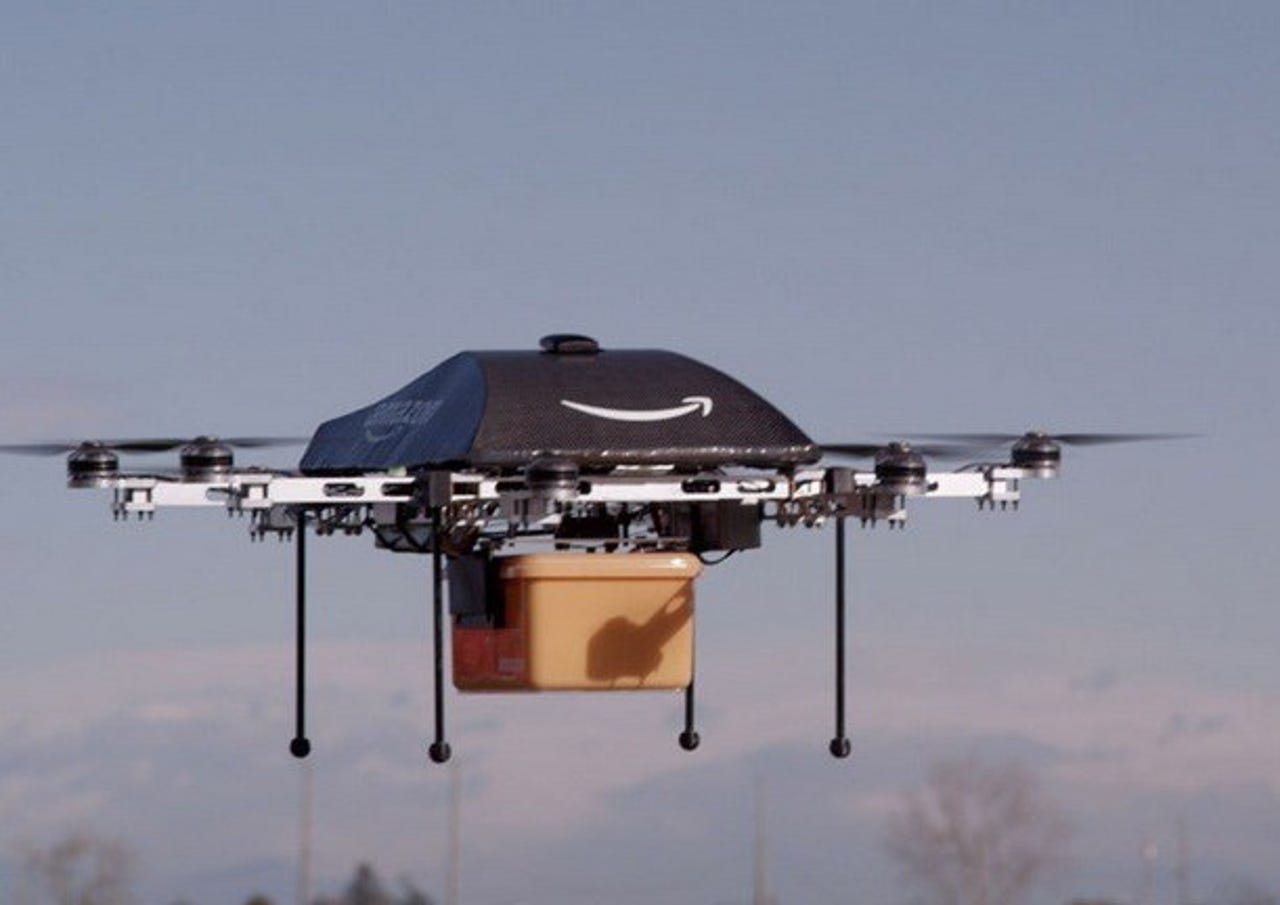FAA approves some commercial drone flights


According to the FAA, enterprises can obtain exemptions to speed up airspace restrictions. The FAA also noted that the policies were a stop-gap. Each commercial unmanned aircraft (UAS) operation was previously evaluated individually.
Nevertheless, there are a few restrictions under the FAA rules that may limit the commercial use. The FAA will allow drones to fly if they:
- Move goods less than 55 pounds;
- Operate during day time conditions;
- Have a visual line of sight of pilots;
- And avoid airports and heliports.
On that latter rule, drones are supposed to stay 5 nautical miles from an airport with an operational control tower; 3 nautical miles from an airport with a published flight procedure; 2 nautical miles from an airport without either of those; and 2 nautical miles from a heliport with a published flight procedure.
What remains to be seen is how goods would get to the drones, which would be the last-mile delivery service. The FAA said drones couldn't fly in cities.
In other words, under the FAA rules freight couldn't land at an airport and then be delivered from there. Presumably a distribution center would work, but delivery would have to go to non-urban areas. Supply chains would have to thread the needle between logistics and FAA guidelines.
The FAA granted Amazon approval for commercial drone testing last week, but the e-commerce giant blasted the current rules. Amazon's argument, as detailed in a Reuters story, is that the current regulations are already way behind international standards.
More: